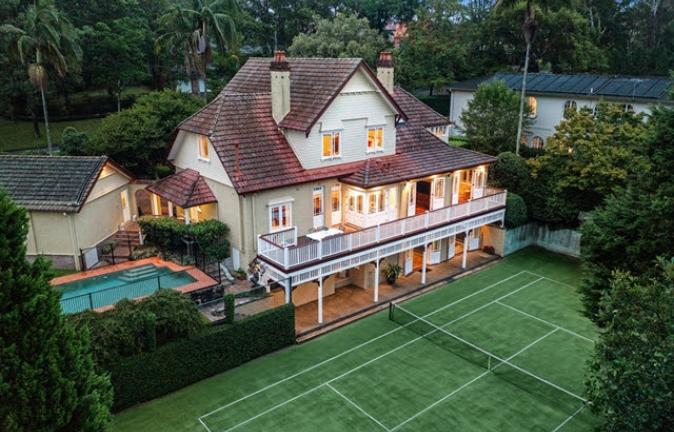Love for court side living - Ray White
Contact
Love for court side living - Ray White
The Australian Sports Commission's AusPlay report reveals a substantial increase in people playing tennis, raising questions about the future of residential tennis courts, say Nerida Conisbee Ray White Group, Chief Economist.
The Australian Open highlights tennis' ongoing appeal as a spectator sport, but there's an equally significant trend in participation. The Australian Sports Commission's AusPlay report reveals a substantial increase in people playing tennis, raising questions about the future of residential tennis courts.
The 2024 Ausplay report into sports participation showed that 1.25 million people actively played tennis. While this falls behind participation in swimming, cycling, and bushwalking, it has been increasing significantly over time. This growth demonstrates tennis' strong appeal as a recreational sport.
However, installing a private tennis court is becoming more challenging. Block sizes continue to shrink, even in suburbs traditionally known for private courts. Many existing tennis courts have been replaced with new housing developments to meet growing residential demand.
Location remains crucial for those seeking properties with tennis courts. Affluent suburbs with larger blocks typically feature the most tennis courts. Melbourne, home to the Australian Open, leads in residential tennis court numbers, however it's Wahroonga on Sydney’s north shore that has had the most sales of properties containing tennis courts. Coming in second is Frankston South and Mount Eliza, both having a lot of large blocks that are able to fit a court on-site.
The impact on property values follows basic economics: a tennis court costing $50,000 to build should theoretically add $50,000 to the property's value. However, tennis courts differ from amenities like swimming pools. With tennis attracting a more specific group of enthusiasts, courts may not command the same broad market premium as pools.
For tennis players, a private court offers more than financial value - it provides convenience and enhances lifestyle quality. As participation grows, properties with tennis courts may become increasingly desirable among tennis enthusiasts, even as they become harder to find in urban areas.



